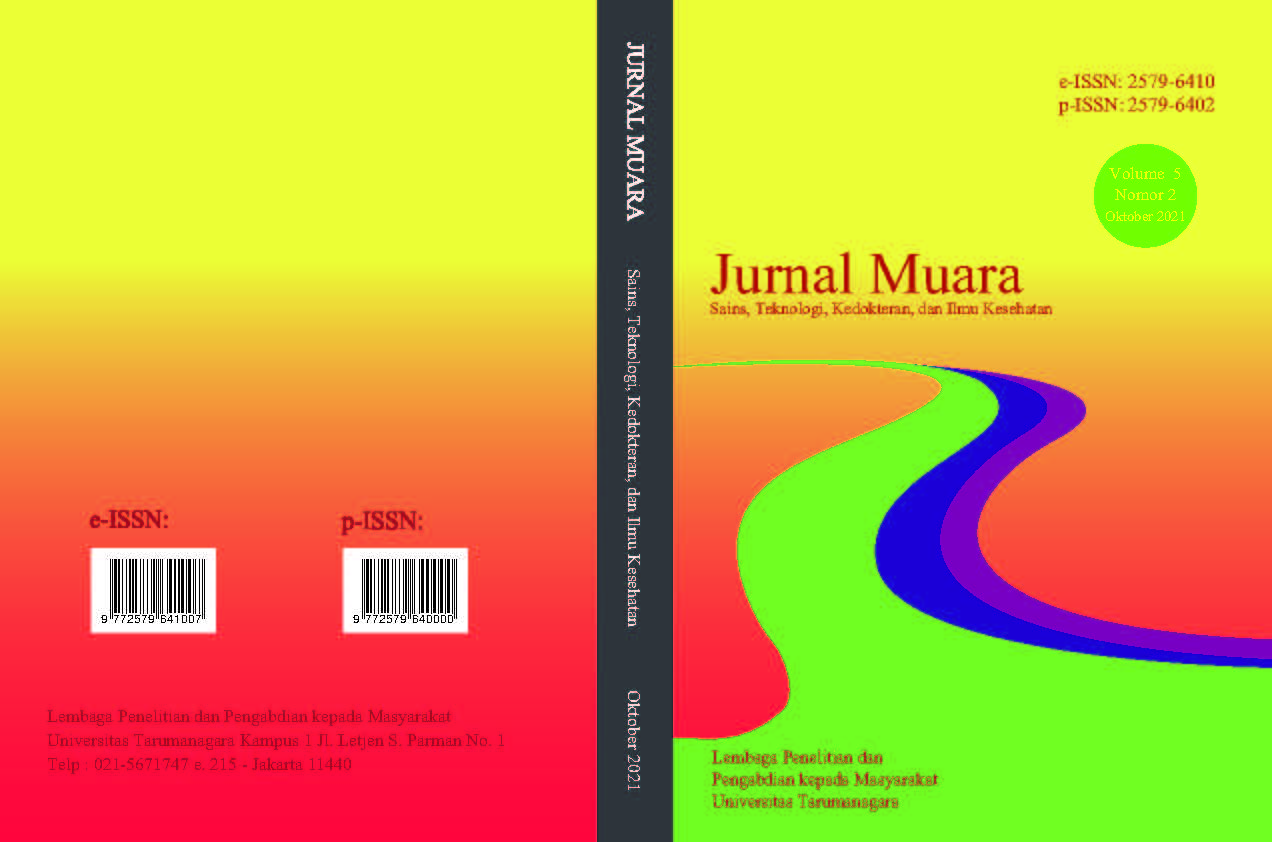PEMODELAN SISTEM LAMPU OTOMATIS HEMAT ENERGI UNTUK RUANG KELAS TANPA PEMROGRAMAN
Main Article Content
Abstract
Lamps are electronic devices that produce light turned out to be one of the components in spending considerable electrical costs. The bigger the room, the space will require a lot of lighting to achieve the value of a lighting level according to the Indonesian National Standard (SNI) in the room. The more lamps that are used, the more wasteful the energy is used. Wasteful of energy, so the expenditure for operational costs will be even greater. The role of technology can be used alongside a culture of energy saving. One of them is a light automation system. Automation systems can be realized without programming. based on a survey the place that requires this automation system is a school classroom. Automation systems can be directly coupled with light systems and manual light switches in classrooms, replacing conventional light-on and off-turn systems in classrooms. Its easy installation provides an example for installing an automation system for schools that have a large number of classrooms. The automation sensor used is a type of sensor that has a way of detecting the movement of people in the room. The sensor that can be used the easiest is the Passive Infra Red (PIR) sensor. This sensor itself is the sensor that is most easily available and quite cheap. In realizing the use of this sensor, more than 1 PIR sensor point is required. Sensors that are used more than 1 point will make grouping part of the lighting system in the classroom. If the classroom is not fully used up to the back of the classroom, then it is enough only to turn it on from the front lights to the middle of the classroom. This supports energy saving efforts. Through this automation, it is hoped that there will be a change in the culture of energy saving side by side with technological developments in terms of its use for energy saving.
Keywords: LED; motion sensor; classroom; without programming; automation system
Abstrak
Lampu merupakan alat elektronika yang menghasilkan cahaya ternyata salah satu komponen dalam pengeluaran biaya listrik yang cukup besar. Semakin besar ruangan, maka ruang tersebut akan membutuhkan banyak lampu penerangan untuk mencapai nilai suatu tingkat pencahayaan yang sesuai Standard Nasional Indonesia (SNI) pada ruangan tersebut. Semakin banyak lampu yang digunakan tentu semakin boros energi yang digunakan. Boros energi maka pengeluaran untuk biaya operasional akan semakin besar. Peran teknologi dapat digunakan berdampingan dengan budaya hemat energi. Salah satu nya dengan sistem otomatisasi lampu. Sistem otomatisasi dapat direalisasikan tanpa pemrograman. berdasarkan survei tempat yang membutuhkan sistem otomatisasi ini adalah ruangan kelas sekolah. Sistem otomatisasi dapat langsung dipasangkan dengan sistem lampu dan saklar lampu manual di ruang kelas menggantikan sistem mati nyala lampu secara konvensional di ruang kelas. Pemasangannya yang mudah menjadikan contoh bagi pemasangan sistem otomatisasi bagi sekolah yang memiliki ruang kelas yang cukup banyak. Sensor otomatisasi yang digunakan merupakan jenis sensor yang memiliki cara kerja untuk mendeteksi pergerakan orang di dalam ruangan. Sensor yang dapat digunakan paling mudah yaitu sensor Passive Infra Red (PIR). Sensor PIR merupakan sensor yang paling mudah didapatkan dan cukup murah. Dalam realisasi penggunaan sensor ini diperlukan lebih dari 1 titik sensor PIR. Sensor yang digunakan lebih dari 1 titik akan membuat pengelompokkan bagian dari sistem pencahayaan di ruang kelas tersebut. Jika ruang kelas tidak digunakan sepenuhnya hingga bagian belakang kelas, maka cukup hanya dinyalakan dari lampu bagian depan hingga ruang tengah kelas. Hal ini mendukung upaya hemat energi. Melalui otomatisasi ini diharapkan ada perubahan budaya hemat energi yang berdampingan dengan perkembangan teknologi dalam hal pemanfaatannya untuk hemat energi.
Article Details
This work is licensed under a Jurnal Muara Sains, Teknologi, Kedokteran dan Ilmu Kesehatan Creative Commons Attribution-ShareAlike 4.0 International License.
Authors transfer copyright or assign exclusive rights to the publisher (including commercial rights)
References
Badan Standardisasi Nasional. (2000). SNI 03-6197-2000 Konservasi energi pada sistem pencahayaan. Sni 03-6197-2000, 17.
DiLaura DL, Houser KW, Mistrick RG, S. G. (2011). The lighting handbook reference and application. In The lighting handbook reference and application. New York (NY): Illuminating Engineering Society of North America. 1328 p.
Fraden, J. (2016). Handbook of Modern Sensors. In Handbook of Modern Sensors. https://doi.org/10.1007/978-3-319-19303-8
Panofsky, W. K. ., & Phillips, M. (1961). Classical electricity and magnetism. In Addison-Wesley (2nd ed.). Addison-Wesley Publishing Company, INC.
Widodo, L., Dewi, F. I. R., & Setyaningsih, E. (2015). Ergonomic Aspect of Physical Environment in Junior High School (Between Individual Comfort and Saving Energi Behavior). Conference: 2nd International Conference on Engineering of Tarumanagara (ICET), 2.
Wilson, J. S. (2005). Sensor Technology Handbook by Jon S. Wilson (z-lib.org).pdf.



